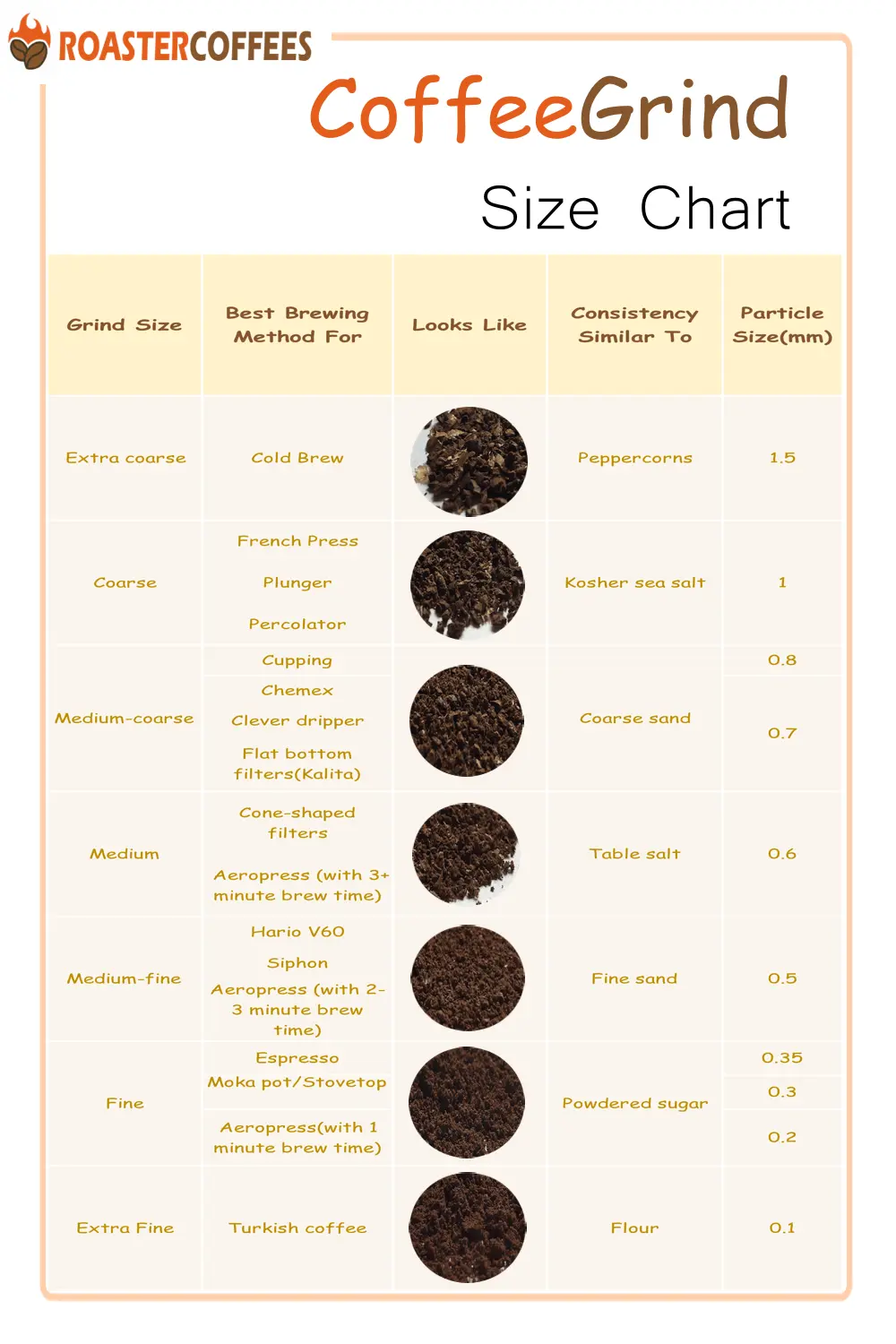An In-Depth Analysis of Sourness in Coffee

Coffee, as one of the most popular beverages globally, is known for its rich array of flavors that can range from sweet and fruity to nutty, earthy, and even smoky. One characteristic that often garners mixed reactions from coffee drinkers is sourness. While some find it appealing and refreshing, others may associate it with an undesirable taste, likening it to under-ripeness or bitterness. In the world of coffee, sourness is not just a matter of personal preference, but a complex interaction of factors that involve the coffee's origin, processing methods, roast profile, brewing technique, and more.
The question 'Is sour coffee good?' doesn't have a straightforward answer. Whether sourness is considered desirable or not depends on the context, the specific coffee in question, and the individual's taste profile. This article will explore the science of sourness in coffee, how it's perceived, the factors that influence it, and when sour coffee can be considered a positive attribute versus when it's seen as a flaw.
1. Understanding Sourness in Coffee
To understand whether sour coffee is good, we must first examine what sourness actually means in the context of coffee. Sourness is one of the basic tastes that the human tongue can perceive, alongside sweetness, bitterness, saltiness, and umami. In coffee, sourness can manifest as a bright, tangy, or acidic sensation, often evoking the flavors of citrus fruits, berries, or certain types of wine.
The Science of Sourness
The sensation of sourness in coffee primarily comes from its acid content, specifically organic acids such as:
Caffeine content in coffee can influence its perceived acidity. Higher caffeine concentrations often correlate with a more robust and bitter flavor profile, which can sometimes mask the brighter, tangier notes associated with acidity. However, acidity itself is not solely dependent on caffeine; it is more closely related to the bean’s origin, processing method, and roast level. Lighter roasts, typically with higher caffeine content, often exhibit a more pronounced acidity, as the compounds responsible for bright flavors are preserved. Darker roasts, with reduced caffeine content, tend to have lower acidity but a richer, smoother flavor. The balance varies across coffee varieties. In order to better control the flavor of your coffee, in addition to choosing coffee beans from different products, using a caffeine calculator can also help you.
The acids in coffee interact with the sugars, oils, and other compounds during roasting and brewing to create a complex flavor profile. Depending on how much acidity a coffee retains after roasting and brewing, the coffee can taste vibrant and tangy, or it can lean more towards flat, bitter, or unpleasant sourness.
Sourness Versus Acidity
In coffee, "sour" and "acidic" are terms that are often used interchangeably, but they do have different connotations. Acidity refers to the overall brightness or liveliness in the flavor profile, which is often a positive trait in specialty coffee. Sourness, on the other hand, generally refers to a sharp, unpleasant, or overly tart taste that can arise when coffee is under-extracted, poorly brewed, or improperly stored.
In this article, we will explore both the positive aspects of acidity (which can enhance a coffee's flavor) and the negative connotations of sourness (which often detracts from the overall experience).
2. Causes of Sourness in Coffee
Sourness in coffee can arise from various factors during the journey of the coffee bean, from cultivation to brewing. Understanding these causes will help clarify when sourness is a natural and desirable characteristic, and when it is a sign of poor coffee or brewing errors.
The Coffee's Origin and Processing Method
Different coffee-growing regions and processing methods can significantly affect the level of acidity and sourness in coffee.
Geographic Influence: Coffees grown at higher altitudes, such as those from Ethiopia, Kenya, or Guatemala, often have higher acidity, which can manifest as bright, fruity notes. These coffees are often considered desirable for their complex and dynamic flavor profiles, with sourness being a natural part of their flavor.
Processing Method: The way coffee beans are processed (washed, natural, or honey-processed) can influence their acidity. Washed coffees (where the fruit pulp is removed before drying) often exhibit cleaner, sharper acidity, while natural or dry-processed coffees (where the beans are dried with the fruit still attached) tend to have more pronounced sweetness, body, and lower acidity. However, natural coffees can sometimes have a tangy, sour edge if not properly processed.
Roasting
Roasting plays a crucial role in determining whether sourness is a positive or negative characteristic. Light roasts preserve more of the natural acids found in coffee beans, and as a result, they tend to have more pronounced sourness. While some coffee drinkers enjoy this brighter, fruitier profile, others may find it unpleasant. Dark roasts, on the other hand, break down many of the acids and bring out more caramelized sugars, reducing sourness in favor of a sweeter, more balanced flavor.
Brewing Method
The brewing technique, equipment, and extraction time all affect the final flavor.
Under-Extraction: One of the most common causes of sour coffee is under-extraction, where the coffee grounds have not been in contact with water long enough to fully release their flavors. This often happens when brewing methods like espresso or pour-over use too short of an extraction time, resulting in under-developed flavors and an acidic, sour taste.
Over-Extraction: Over-extraction, where the brewing time is too long or the coffee grind is too fine, can result in bitterness rather than sourness, though sometimes both can coexist in an unpleasant balance.
Brewing Temperature: Brewing coffee at too low a temperature can also lead to sourness. Proper brewing temperatures generally fall between 195°F and 205°F (90°C to 96°C). Water that's too cold will not extract the coffee's flavors effectively, often leaving behind a sour, under-extracted taste.
Water Quality: Water that's too soft or too hard can affect the extraction of the coffee, leading to either excessive sourness or a dull, unbalanced flavor. Proper water pH and mineral content are important for extracting a balanced cup of coffee.
Bean Freshness
Freshness plays a role in the coffee's acidity and overall flavor profile. Coffee beans are at their peak within two weeks of roasting, and once they start to age, the flavors tend to deteriorate, leading to a stale or flat cup. While fresh beans can have a bright, tangy acidity, older beans may taste sour in a more undesirable, flat way.
Storage Conditions
Improper storage of coffee beans—exposure to air, light, and moisture—can cause the coffee to go stale or spoil, leading to sour, musty, or even rancid flavors. Beans should be stored in a cool, dry, and dark place to maintain their freshness.
3. When Sourness in Coffee is Desirable
Sourness in coffee is not always a bad thing. In fact, many coffee enthusiasts actively seek out sour, acidic profiles in their brews, especially when the sourness is the result of desirable factors. Let's explore when sourness can be considered a positive attribute in coffee.
Bright, Fruity Acidity
Sourness in coffee can manifest as bright, fruity acidity, which is often seen as a desirable characteristic in specialty coffee. Coffees from regions such as Ethiopia, Kenya, and Panama often display high levels of acidity, which can be described as 'citrusy,' 'wine-like,' or 'berry-like.' This type of sourness adds complexity and liveliness to the coffee, enhancing its overall flavor profile.
Ethiopian Coffees: Ethiopian coffees, particularly those from Yirgacheffe or Sidamo, are known for their high acidity and vibrant, fruity notes. These coffees often exhibit flavors of lemon, green apple, or floral undertones, with a bright, clean finish.
Kenyan Coffees: Coffees from Kenya, especially AA-grade beans, are famous for their sharp, tangy acidity, often compared to blackcurrant or grapefruit. This brightness is considered a hallmark of quality in Kenyan coffee.
Light Roasts
Light roasts, particularly when brewed correctly, often emphasize the inherent acidity of the coffee. The sourness in light-roasted coffee can be bright, crisp, and refreshing, especially when brewed with methods like pour-over or AeroPress. The key is to avoid over-roasting the beans, which would mute the acidity and shift the flavor towards bitterness.
Natural Processing
Natural (or dry) processing allows the coffee cherry to dry with the fruit still attached, creating a distinctive flavor profile. These coffees can have fruity, tangy flavors that some may perceive as sour but are more accurately described as 'fermented,' 'wine-like,' or 'jammy.' When handled properly, these coffees can offer a rich complexity and mouthfeel that highlight their natural acids without being overpowering.
Espresso with Complex Acidity
Some espresso enthusiasts appreciate the tangy, fruity acidity that can come through in light-roasted espresso shots. When brewed properly, espresso can offer a well-balanced combination of sweetness, bitterness, and acidity, with the sour notes acting as a counterpoint to the richness of the espresso.
4. When Sourness in Coffee is Undesirable
While sourness can enhance a coffee's flavor profile, there are times when it is considered an undesirable flaw. Sourness can detract from the overall drinking experience, making the coffee taste unbalanced or unpleasant.
The grind size of coffee significantly affects its acidity. Finer grinds generally lead to a quicker extraction, resulting in a more intense and complex flavor profile, which can enhance the perceived acidity, especially in lighter roasts. The smaller particles allow water to extract more of the fruity, tangy compounds responsible for the bright, acidic flavors. On the other hand, coarser grinds result in a slower extraction, often yielding a smoother cup with less pronounced acidity. The grind size also impacts the overall extraction efficiency, meaning the finer the grind, the more likely the coffee will exhibit higher acidity in flavor. Therefore, a detailed coffee grind size chart is a must to control the acidity of your coffee.
Under-Extraction
As mentioned earlier, under-extraction is one of the most common causes of undesirable sourness in coffee. Under-extracted coffee will have an imbalanced flavor, where the sourness is overpowering and there is little sweetness or body to balance it out. This often happens when the brewing time is too short, the grind size is too coarse, or the water temperature is too low.
Over-Roasting
While under-roasting can result in sourness, over-roasting can also create undesirable flavors, including sourness. Over-roasting can burn off the pleasant, fruity acidity and introduce harsh, bitter, or burnt flavors. If a coffee has both sour and bitter notes, it may be due to poor roasting practices.
Stale or Spoiled Coffee
Coffee that is past its prime can exhibit sourness in a way that is unpleasant. This sourness is not the bright, fruity acidity typically associated with high-quality coffee, but rather a result of oxidation or spoilage. When coffee beans lose their freshness due to poor storage, they can develop sour, musty, or fermented flavors that detract from the quality of the brew.
Inappropriate Brewing
If coffee is brewed at the wrong temperature, with the wrong grind size, or with water that is too soft or hard, the sourness can become unbalanced. Brewing methods that fail to extract the coffee properly can result in a cup that is too acidic, with a harsh and undesirable sourness.
Conclusion: Is Sour Coffee Good?
Whether sour coffee is good depends on several factors, including the type of coffee, the brewing method, and the preferences of the drinker. In many cases, a bright, tangy acidity is an indicator of high-quality coffee and is desirable for those who appreciate complex, fruity flavors. Light roasts from high-altitude regions, natural processed coffees, and certain espresso profiles can all exhibit sourness in a positive way, adding complexity and vibrancy to the cup.
However, sourness that arises from under-extraction, poor roasting, or stale beans is generally undesirable and can detract from the overall experience. The key to enjoying sourness in coffee is understanding its origins and balancing it with the other elements of flavor, such as sweetness, bitterness, and body.
Ultimately, sourness in coffee is neither inherently good nor bad—it's a matter of context and balance. By learning how to brew coffee correctly and selecting high-quality beans, coffee drinkers can enjoy the best aspects of acidity and sourness, leading to a flavorful and satisfying cup.


